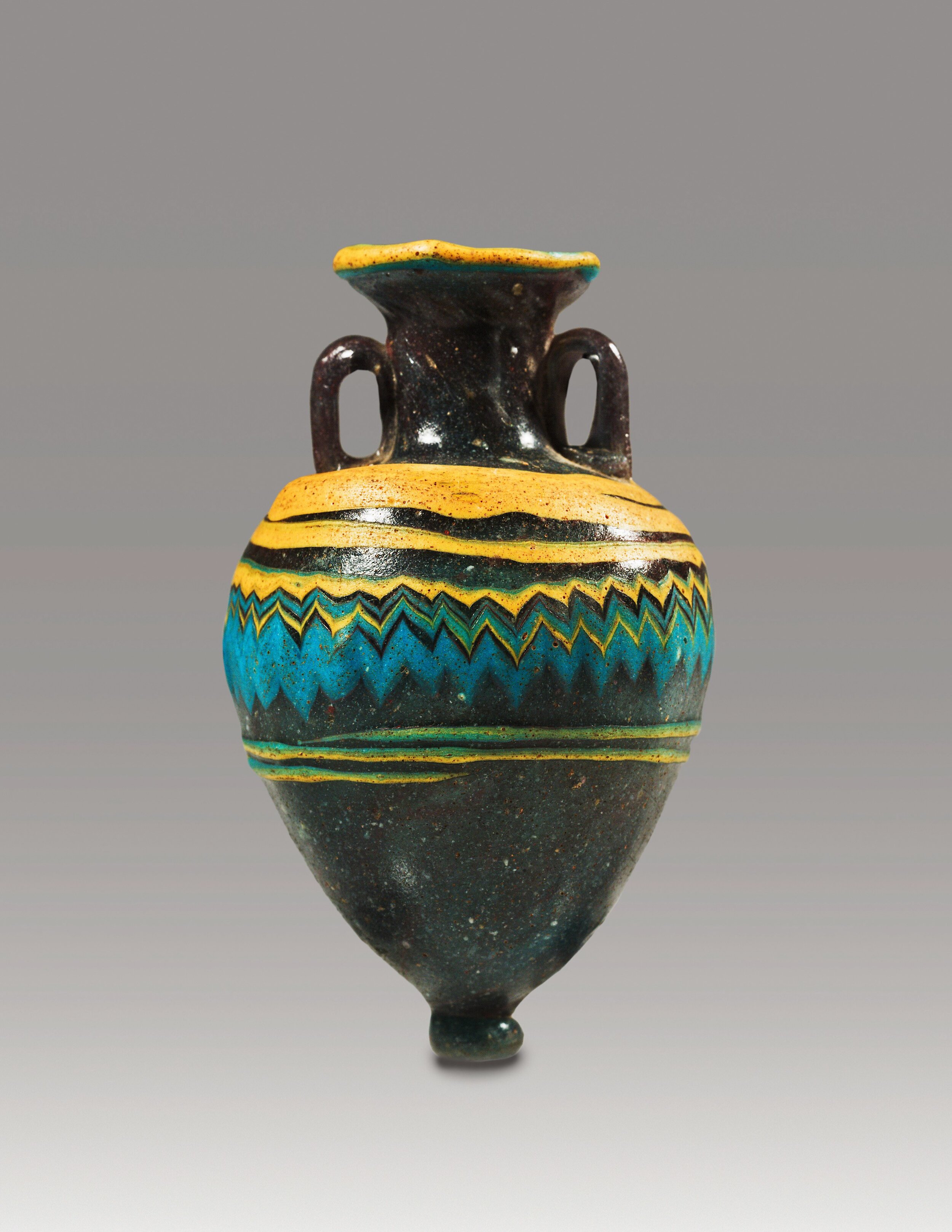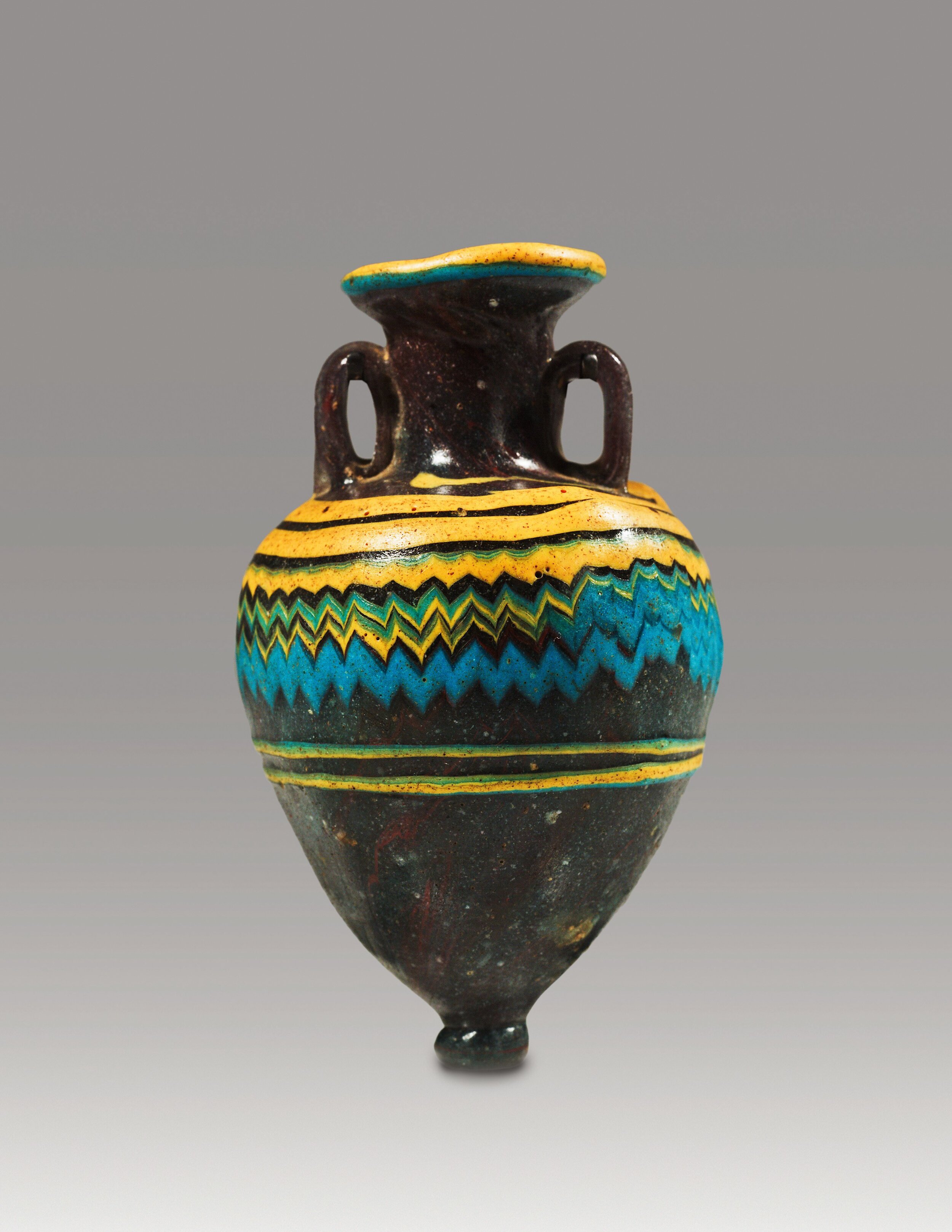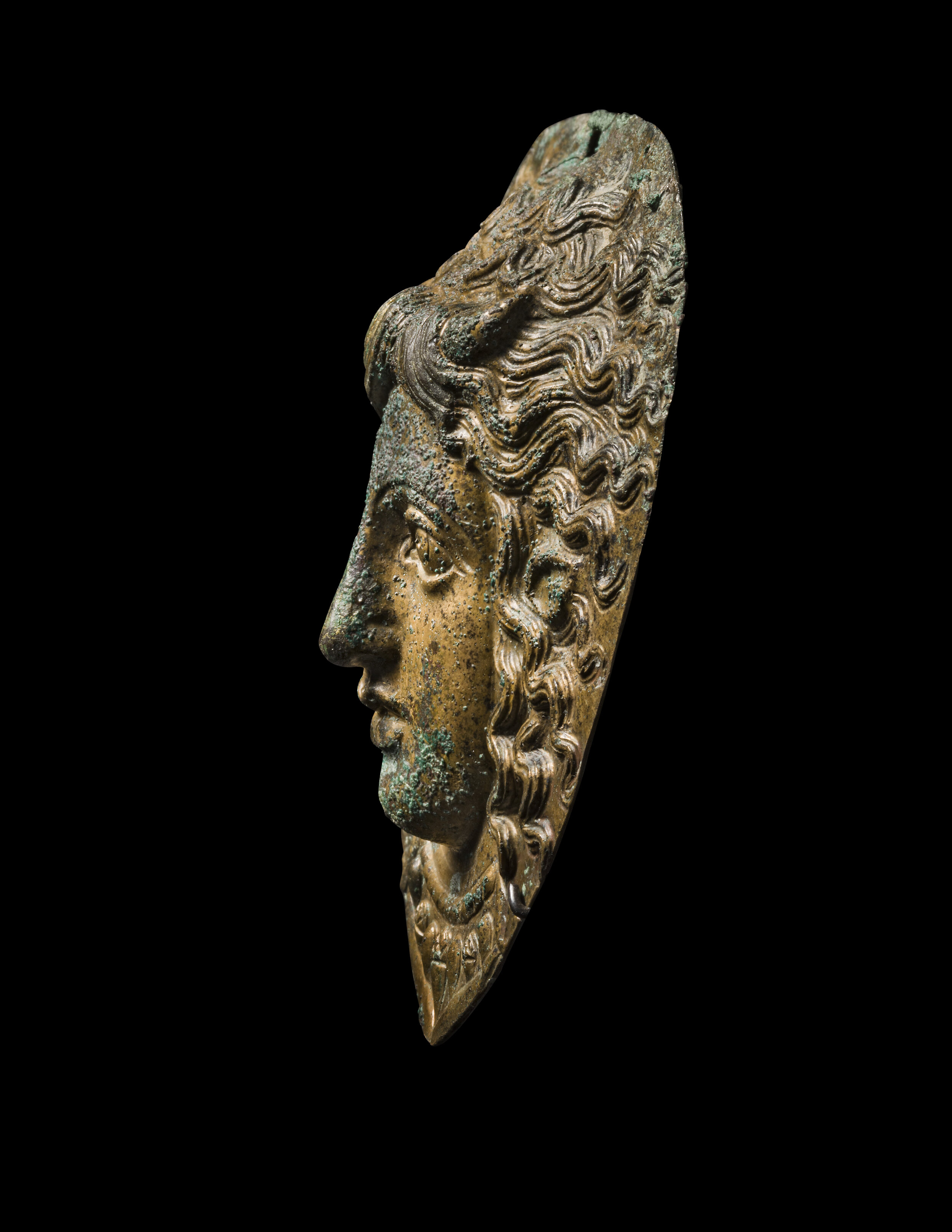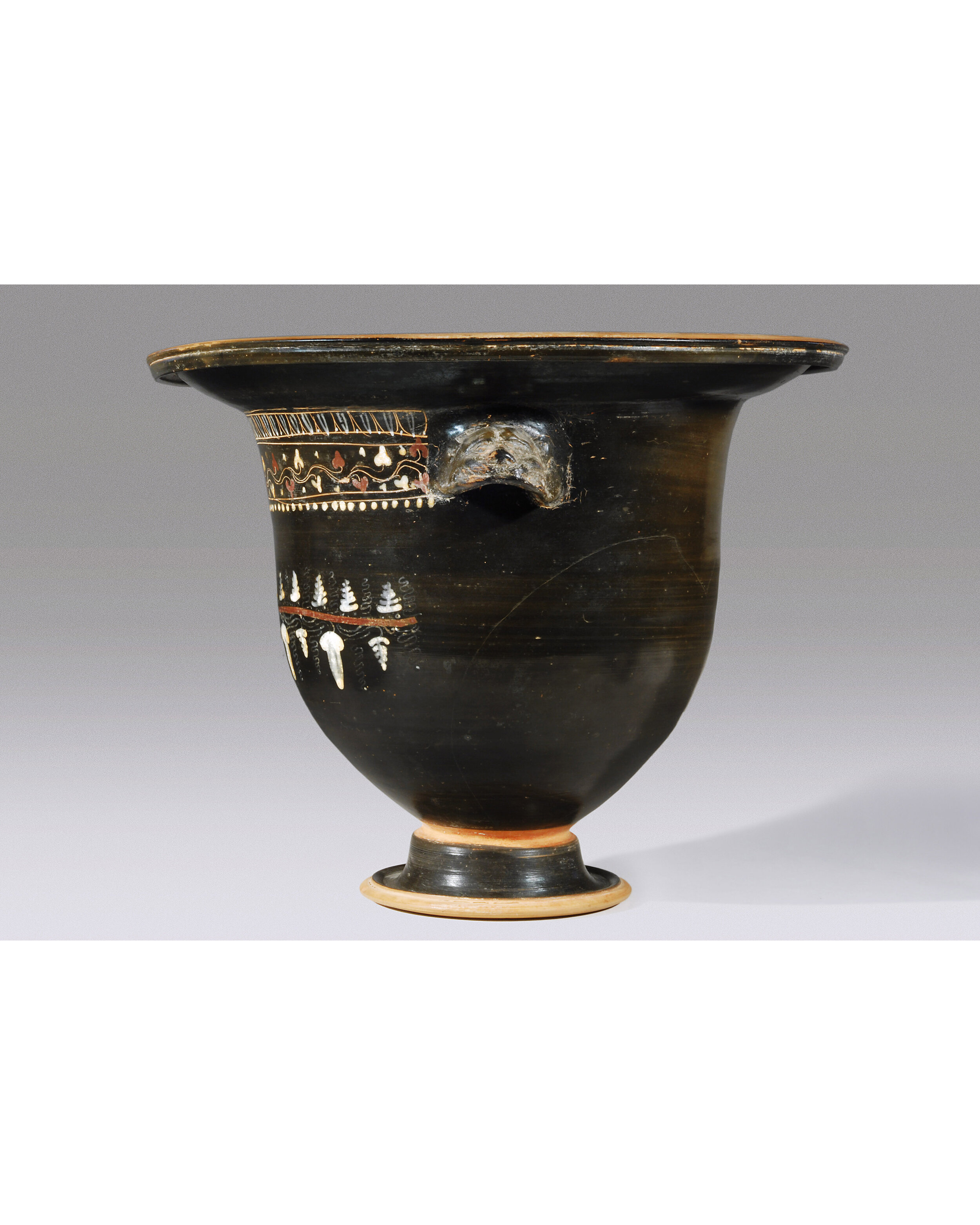Ancient Geometric Greek Bronze Bull






Ancient Geometric Greek Bronze Bull
Greek, Geometric, ca. 8th century B.C.
Bronze
L: 6.5 cm
Serial: 19663
Provenance: Ex- French private collection
This finely made bull was cast in one piece with its rectangular base or plinth. Horns curve upward from the bull’s head, which has a rounded muzzle. The eyes of the bull are indicated by small protrusions of bronze, as are its pointed ears. The animal’s anatomy is more fully modeled than earlier dating examples from the Geometric period: the legs of the bull are carefully rendered, and its slim, elongated body is well modeled with shoulders and haunches subtly indicated. Made of solid bronze in the lost wax technique, this figure is unique, since it was produced from the original wax model that was destroyed in the casting process.
Bronze animal figures were most often presented as votives in sanctuaries dedicated to Zeus, and sometimes Poseidon, since both gods were associated with this animal. Our knowledge of Greek religious practices attests to the importance that animals played in ritual sacrifice, bulls being the most significant among them. Bronze figures of bulls were likely offered in place of actual animals, but either living or bronze animals would have been appropriate for the gods. In many Greek sanctuaries different size bull figures are found, which must have been regarded as representatives of actual sacrificial offerings. In his descriptions of Delphi and Olympia, Pausanias mentions large scale statues of standing bulls that were erected at these important sanctuary sites, and countless literary references emphasize the fame of Myron’s bronze sculptures of bulls on the Athenian Acropolis.
Like other bronze animal figures that served as votive offerings, the bull’s significance in ancient Greece is also related to economic aspects of the society. Epic poetry of the period leads us to believe that cattle possessed real economic value and were a major source of food in the early Iron Age, all of which is reinforced by archaeological findings. A noticeable decline in popularity of bull figurines after the 8th century B.C. reflects the economic environment of Greece in the early Iron Age, which was progressing from a pastoral lifestyle, based on the rearing of stock animals, to a society of settled farmers with closer ties to their land.









